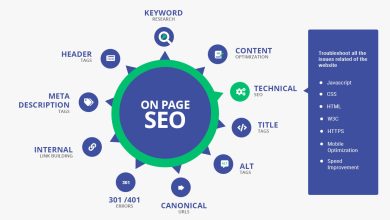Difference Between the Quantatives Vs Qualitatives Research?
Difference Between the Quantatives Vs Qualitatives Research?

A qualitative study is multi-method and uses a naturalistic approach to studying things. The goal is to interpret phenomena in terms of the meaning that people attach to them. Qualitative research was born out of dissatisfaction with the scientific psychology of the time.
Comparative analysis:
Comparative analysis of qualitative vs quantitative research is essential to research methodology. Although both research methods are equally valuable, they have advantages and disadvantages. Quantitative research relies on structured and searchable data, while qualitative research relies on observations and interpretations.
Quantitative research is much easier to analyze than qualitative research because of its quantitative nature. It is easier to interpret and use in statistical analyses than qualitative data, but qualitative research is difficult to analyze without expert help. The problem with using qualitative data is that researchers may come to different conclusions from the same qualitative material.
Qualitative data, on the other hand, answer the questions “why?” and “how” rather than “how.” Participants or customers can be honest and show their true feelings and actions. Some popular qualitative data collection methods include observation, focus groups, and in-depth interviews. These research methods help researchers understand and evaluate natural behaviour. They are also iterative and flexible.
Statistical information:
The use of quantitative data is often advantageous because it is quick to collect and easy to analyze. In contrast, qualitative data is often more subjective and can’t be reduced to numbers. On the other hand, statistical information in quantitative research can be ranked and put into tables or graphs. Today, the world is flooded with data, and most of it is quantitative. To make the most of it, researchers should constantly revisit the questions, methods, and data they’ve collected to develop new insights.
One of the significant criticisms of qualitative data is that it’s challenging to apply conventional standards of reliability and validity to it. Because of this, qualitative information is often difficult to interpret, and statistical analysis requires expert knowledge. To solve it correctly, researchers need to be trained in the specific area.
Quantitative data is organized and searchable and comes in numbers or values. Qualitative data, on the other hand, is usually less structured and unstructured. As such, making sense of qualitative data requires time and money.
Automated content analysis:
Automated content analysis is a research technique that uses algorithms and models to analyze written material. The process involves three stages: the identification of concepts, the creation of a thesaurus, and the analysis of literature. The first stage identifies concept seeds, single words frequently appearing in the text. These seeds may be derived from the literature or provided by the researcher.
Automated content analysis provides quantitative and qualitative data, which can be used in targeted systematic or exploratory reviews. Using the right software, mechanical content analysis research can provide important insights about knowledge management and knowledge requirements for Society 5.0. For this purpose, automatic content analysis has many advantages. To learn more, read on!
Automated content analysis can help researchers find critical ideas and concepts in large amounts of data. The authors used Leximancer software to analyze 252 academic papers in this case study. The resulting data were used to create themes and concepts. Key concepts included knowledge, human, companies, and information. These were then mapped to sustainability’s triple bottom line (SBL).
Author Bio:
Carmen Troy is a research-based content writer for Cognizantt, a globally Professional SEO firm and Research Prospect; an The best academic writing service. Mr Carmen holds a PhD degree in mass communication. He loves to express his views on various issues, including education, technology, and more.



